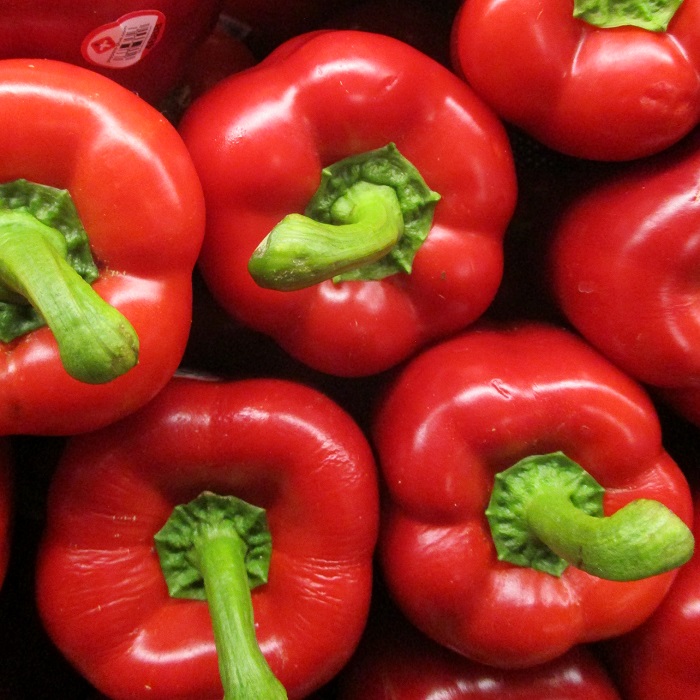UNITED STATES—Every year at about this time, there is the same concern that it is too early to put summer or warm season vegetables into the garden. When the time comes, replacing warm season vegetables with winter or cool season vegetables will also seem to be too early. Nonetheless, it is best to start the transition early so the garden will be ready for production as the weather warms into spring.
Broccoli, cauliflower and cabbage that are in the garden now should have time to finish before warmer weather makes them bitter. If the warm season vegetable plants that will be planted in their place are adaptable to it, and if the spacing is correct, they can be planted in amongst the cool season vegetables so that they will be ready to go when the outgoing vegetables get harvested.
Unlike most of the cool season vegetables, which are truly ‘vegetative’ vegetables, most of the warm season vegetables are actually fruits, which is why they start to develop in spring, and mature through summer. Tomato, pepper, cucumber, eggplant, corn, bean and both summer and winter squash are the most popular here. Most produce from spring to autumn. Some produce only once.
Corn and other vegetable plants that produce only once can be planted in phases every two weeks or so to prolong production. By the time one phase finishes, the next should be starting. Corn is more efficiently pollinated, and therefore more productive, if grown in square blocks rather than in narrow rows. Corn and many warm season vegetables should be grown from seed sown directly.
However, tomato, pepper, eggplant and maybe zucchini and other squash can be planted as small plants from cell packs, because only a few of each type are needed. A cell pack of six or eight cost about the same as a packet of seed, but all the seed in the packet are not really necessary. Besides, the small plants are less likely to be eaten by snails than newly germinating seedlings.
Highlight: bell pepper
There are too many varieties of chili or pepper to count; but there are surprisingly few that are known as bell pepper, Capsicum annuum. They are the select few that lack capsaicin, which is what makes others so distinctly ‘hot’ and ‘spicy.’ Most are quite mildly flavored. Green bell peppers, particularly those that are green because they are unripe, are generally more bitter and less sweet.
Bell peppers are warm season vegetables that get planted at the same time as tomato and eggplant, which they are incidentally related to. They are more productive where summer nights stay warm. In mild coastal climates, they are likely to start production later, or finish production sooner, than they would in warmer climates. They like warm sunshine, rich soil, and regularly watering.
The myth that green bell peppers are merely unripe red bell peppers is not completely untrue. They all start out green, and red bell peppers are often used green. Furthermore, most green bell peppers eventually turn red if they ripen enough. However, varieties that are grown as red bell peppers are different from varieties that are grown as green bell peppers. Orange and yellow bell peppers are increasingly popular. Purple, brown and white bell peppers are still rather rare. Red and green are the most productive and easiest to grow.
Horticulturist Tony Tomeo can be contacted at tonytomeo.com.






